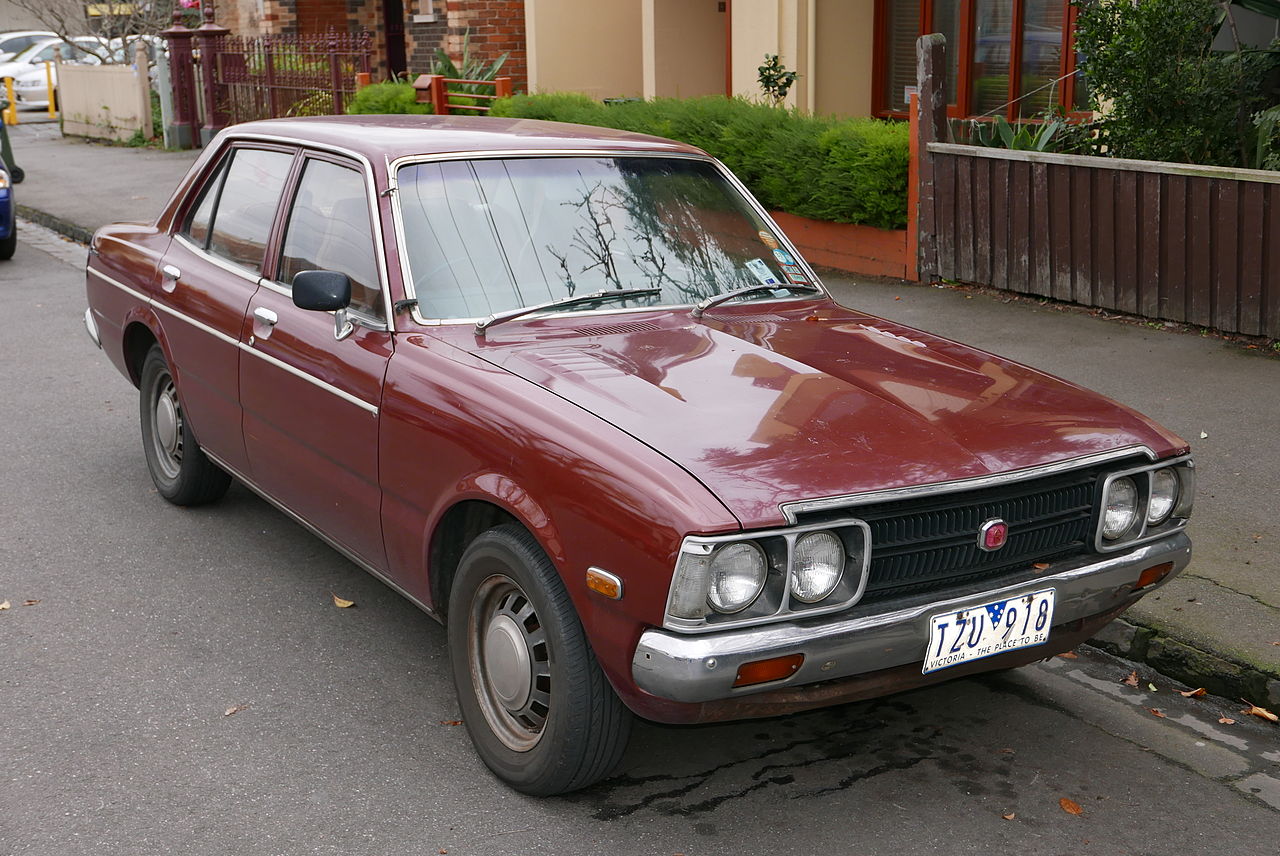

Make sure that door and window rubbers are in sound condition because kits of new rubbers suited to various models cost around $1000.
#Toyota corona plus#
Look at window surrounds, sills and door bottoms plus roof gutters and wagon tailgates. (Note: exceptional cars will demand more)Įarly Coronas were renowned for rust resistance, however 50+ years, hasty crash repairs and simple neglect all are influential. VALUE RANGE: Toyota Corona (RT40 1964-70) Today it is possible to pay $20,000 For a Mark 2 hardtop.ĭuring 1980 we also saw a Liftback version of the Corona, however sales were disappointing and imports stopped in 1982.ĬSi models from the 1980s with fuel injection and electronic ignition deliver more power yet are more efficient than carby cars with better economy. These had 2.3 or 2.6-litre overhead camshaft engines with up to 112kW of power. However, there were a couple of variations that today attract collectors and generate more money than mainstream Coronas.įrom 1972-77, Australia saw the Corona Mark 2 in sedan and two-door Hardtop form.

With detail changes and an engine capacity increase from 1984, this was the format that would carry Corona through until 1987 when it was replaced by a local version of the Camry. The 1970s also introduced a station wagon which enhanced the Corona’s appeal to business and family buyers. The revised Corona was bland in appearance but with a 2.0-litre motor and 22kW extra, performance did improve. The distinctive RT82 lasted only until 1974 when a more conservative replacement arrived.
#Toyota corona full#
Quality and decent equipment levels remained apparent across the range, but buyers had to spend extra on an SE version to enjoy the full panoply including reclining seats, self-seeking radio and whitewall tyres. The Corona shape changed for the better in 1970 and continued to evolve for the next 15 years, although not always for the better. Very few survive and they cost considerably more than a basic ‘shovel nose’ sedan. These came as a sedan or two-door coupe with twin carburettors and 70kW, uprated suspension, discs at the front and a top speed of 155km/h. That was of course unless you were among the handful of lucky Corona buyers who managed to snare a 1600S version.

Drum brakes were also mandatory and would remain so until the mid-1970s when engine size expanded from 1.5 to 2.0 litres.
#Toyota corona manual#
Also included was a heater/demister, windscreen washers and two-speed wipers, reversing lights and multiple armrests.įour-speed manual transmission was standard, followed from 1965 by a two-speed Toyoglide automatic. Medium-priced cars just didn’t come with four headlights, but the Corona had them and straight away it presented a more sophisticated face. Where the Corona stood apart from the Ford Cortinas, Morris Elites and Vauxhalls was in its range of standard equipment and inherent quality. However, as Toyota and AMI clearly understood, it was also the kind of car with appeal for a great many Australians. Toyota’s four-door, 1.5-litre sedan was about as dull as any vehicle in the local market and we had plenty to compare. The newcomer was Toyota and one of its new products was the Corona. However, as the Sixties dawned times got tougher and a big newcomer with some exciting product under development wasn’t a bad source of extra capital and sales revenue. Australian Motor Industries was started by Standard and built its fortunes around that brand’s popular Vanguard. In 1962 Japan’s biggest automotive behemoth signed a deal to have its cars built locally by Australia’s smallest car manufacturer. The newcomer was Toyota and one of its new products was the Corona


 0 kommentar(er)
0 kommentar(er)
